Thursday 14th July 2016 –
Time for a catch up. Last time I wrote it was about Peru, and I’ve been in Ecuador almost three weeks since then. My excuse is good though – I’ve been in the Galapagos for much of that, and I didn’t want to spend valuable Galapagos time writing! However, I’m now back on the mainland, so I’ll endeavour to catch up as best as possible from my new base in Quito. There’s a lot. Since I anticipate it taking a bit – I’ll have to type stuff for the blog, too, and send some pictures to people – I’ve set aside a few days for this task. Unlike usual, where I often write a sate, a few paragraphs, and end up writing the rest a few days later, this time I’m going to be accurate. For a limited time only, whatever write on any given day will go under that date. Probably. Here goes…
The story starts in Guayaquil, Ecuador’s second city set on the southern coast, a short while ago. I was a man of utmost fatigue, and spent the day doing a whole lot of precisely nothing, save for search for food. This was a difficult task, and took much of the afternoon. Slim pickings it was, and I was lucky to bump into an Australian couple on the way back, seemingly the sole other inhabitants of my hostel, who had apparently had the brains to find out where was good to eat before leaving. Yay, food!
I woke up the next morning. Genuinely, no word of a lie, got up and did things. Firstly to Guayaquil’s centre, about twenty minutes walk through a fairly sizeable market, to a plaza it seemed everyone knew as Iguana Plaza. Naturally, this is because it’s populated with a rather large number of iguanas – disguised in the grass, lounging on the pavement, hidden up in the trees – there’s a distinct feeling of danger of attack from above. They’re pretty funny, and completely unfazed by the humans swarming around noisily for pictures – they’re a big hit with the locals. The funniest thing though, is feeding time. An elderly Ecuadorian lady had carted over a trolley of food for them, and set about dumping it in a concrete square recessed in the ground. I can honestly say, I’ve never seen any creature, man or beast, eat lettuce with such enthusiasm.
After a spot of breakfast (again, most difficult to find) I headed over to the malecon, to confuse myself. It’s newly built, and with the space age name of ‘Malecon 2000’ I assumed it was a shopping centre or monument. It wasn’t. Turns out a malecon is a promenade. This one happens to be quite long, and the biggest attraction in Guayaquil. If you’re on a date in Guayaquil, you’re at the malecon. Apparently, no one can think of anywhere else to go. Anyway, it’s nice enough, but I was aiming further. To the hill to the north end of the centre.
Full of pretty colourful houses, Cerro Santa Ana feels like a cross between Rio’s Santa Teresa and Buenos Aires’ Boca. It’s a nice little walk, though hot in the sticky Guayaquil sun, and like Boca very much geared toward tourism – it was recently renovated, and now houses many bars and small restaurants – what it was like before, I do not know. Unlike Boca though, international tourism is very much on the down low – Guayaquil is hardly a hotspot. At the top, there’s a lighthouse and some great views over the city and estuary.
I was making my way back down in the quest for food, and along the malecon, when I was disturbed from my reverie. A troupe of Ecuadorian girls wanted to interview me. I say a troupe, there were actually three, but the conversation came from so many angles that it crossed my mind for a second that it could be an elaborate ploy to relieve me of my possessions. It wasn’t. Apparently they had an English assignment for the university, and needed a native speaker to grill. It hadn’t been going well – one Ecuadorian guy had managed to fool them into thinking he was American, while another had obviously purposely caused confusion by being ginger – he only spoke Spanish. Thus, my weird, slightly incomprehensible English was called upon.
Such a surprise it had been to bump into a gringo, the girls didn’t have any questions with them. It made the interview just slightly awkward. They struggled to remember, while my answers weren’t always entirely satifactory – hard to elaborate on what I liked about Ecuador when I’d only been there one day! Apparently I was to come up with questions, too. Only specific ones though – the ones they wanted me to ask but didn’t tell me they wanted me to ask. I felt under-prepared. I tried to help and make it interesting, but I think the sarcasm might have been too much.
Once done, I went back to my focus on food. Upon leaving a particularly expensive place still hungry though, I bumped into the girls again. They’d found the questions. Also, they’d managed to not record the last interview. Quickly I was whisked away and benched, before commencing with a more successful interview. This time they were so pleased they bought me coffee. Good deed for the month…check.
For a few days I’d been trying to make an important decision – whether to go to the Galapagos or not. Strictly speaking, I probably didn’t have enough money, but a fortunate windfall when I was in Chachapoyas (£500 that I’d forgotten about landed in my bank account – the last of all my money) had forced me to reconsider. Really, how often do you find yourself basically next door to the Galapagos? This was made more difficult by a few factors though – one – the notorious expense required to fund such a venture, two – my hope to spend a bit of time in Colombia, and three – Brexit. I got the news just as I entered Guayaquil. Ignoring the rest of my views, Brexit was a disaster for one major reason – the pound bombed against the dollar. And guess what? Ecuador uses the dollar. Thus pulling 600 dollars out cost not £400 like before, but £460. It’s only fallen since, as well. Not well timed guys, not well timed.
Anyway, amongst my research I managed to find a flight. A really good one, too, with Avianca. Unfortunately, their website wouldn’t let me purchase it, despite being available, and after a chat with one of the Cuban guys running the hostel it seemed it may be an Ecuadorian only price. I wasn’t convinced, but was uncertain enough not to buy from a third party seller, and a call to Avianca themselves seemed to confirm the situation. They wouldn’t quote me less than $480. I almost choked.
I wasn’t ready to give up, though. The next morning I took a taxi to a shopping centre on the edge of town, where the Avianca office was. By office, I really mean small desk, but that didn’t matter – the middle aged Ecuadorian woman found the flights in question and confirmed gringos like myself could purchase them. I celebrated a little. There was yet another sticking point though. My card was declined, and I hadn’t thought to bring another. As luck would have it, I’d met up with Halabi again that morning, this time on his way south, and despite me suggesting a later meeting to allow me to get it sorted out first, I’d not been up early enough. So I’d dragged him along, and it just so happened that he was carrying a rather larger sum of dollars than normal. Return flights to the Galapagos for $218 – a steal. Don’t worry, I paid him back later.
We celebrated with beers, which was actually a real challenge. Apparently it’s illegal to sell alcohol on Sundays in Ecuador, and in Guayaquil people really stick to that rule. Nowhere in town could we find any, devastating for a hot Sunday afternoon. Thanks to a tip off though, we got around the system. Supermarkets are allowed to sell warm beer, and they’re also allowed to sell ice. All we needed was a bucket…
Saturday 16th July 2016
Aeroplanes are exciting. At least when you’ve been on as few as I have, they are. It’s been buses all the way through South America so far. Even the prop plane back in Guyana took me back to Georgetown, advancing my distance travelled by exactly zilch. As did this one, come to think about it, but that’s for later. At this pre-Galapagos point, I was excited in the taxi, excited in the airport, and excited on the plane. No mean feat given the amount of time I was sat in the airport. In an attempt to garner some extra insight into the Galapagos, the biology of the islands and what makes them special, I downloaded ‘The Song of the Dodo’ on my kindle. I read some on the plane, but as interesting as it is (and it really is), I didn’t get too many opportunities to read more. I think that’s a good sign. Over the next few entries though, I may well reference some of it.
My arrival on San Cristobal island, six hundred miles off the Ecuadorian coast, was a bit more awkward. Since Bolivia, when I was recommended it, I’ve been using MAPS.ME to get around. Basically, a street map app with which you can download countries individually. It’s ridiculously useful, and even makes things a little too easy sometimes, if such a thing is possible. Back before I’d left Peru, I’d downloaded the Ecuador section. Unfortunately, the app decided not to include the Galapagos in that. For future reference MAPS.ME guys, the Galapagos are in Ecuador. Eeecuuuuaadddooorrrr. Entiende? Nevertheless, this significant because I had no idea how far the airport was from the town, capital of the Galapagos islands, Puerto Baquerizo Moreno. I’d also already stepped out of the airport by the time I realised this, leaving only taxi drivers to ask – they’re not usually the most reliable source on whether you can feasibly walk somewhere or not.
It turned out it was only ten minutes walk, after I tested it, though a while longer before I found a reasonably priced place to sleep. After being quoted $25 at a number of places, one guy kindly phoned his friend who had a cheaper place, a room in a lovely little house for $15 a night, the same that I would end up spending on each of the islands I visited. Bed sorted, I wandered over to the interpretation centre, a wealth of information on the history of the Galapagos. It was all I could muster the energy for.
Day two, my first full day on the island, was a learning experience. I’d organised a tour to go snorkelling the next day, and since I’d never been before I figured I should try it out. You know, to learn how to actually breathe and whatnot. Las Tijeretas was to be that learning experience, and what a first experience it was. A beautiful still bay of the most azure sea, birds divebombing into the water, marine iguanas (the world’s only swimming iguana) basking in the sun and feeding in the cool blue, all overlooked by the best viewpoint around.
I hung around on the edge of the pier, nervously, unsure really what I was doing. A bunch of Ecuadorian-American kids were snorkelling, and I was sure they would show me up as I spluttered everywhere to a chorus of laughter. Eventually, I made my way in though, and it actually turned out to be way easier than I thought. A few minutes of concentrated breathing to start off and I seemed to have the hang of it, following the colourful fish everywhere, bumping into massive schools of fish, and swimming around the different rocky alcoves. Way more fun than just standard swimming. A little later sea lions came out to play too, and they danced under the water, swirling around me as I tangled myself in circles. It was awesome.
Early the next day I rose for an adventure to Leon Dormido (Sleeping Lion), otherwise named Kicker Rock. It’s a massive rock (obviously) that spears 144 metres into the air, off the coast of San Cristobal, and it’s seriously impressive. I sat on the front of the boat as we got closer and closer, until it loomed over us looking like somewhere out of Lord of the Rings, the channel that carves the edifice in two swirling and surging with the tide. Here, we would snorkel.
All sorts of wildlife gathers at Leon Dormido, from the blue footed boobies, one of the Galapagos’ treasured bird species that nests on the rock, to the marine life that lives beneath the waves. The water was surprisingly cold, but that didn’t stop us swimming with eagle rays, white tip reef sharks and galapagos sharks (which I couldn’t really tell the difference between), along with thousands of beautiful fish, of course. It was amazing – how often do you get to say you’ve swam with sharks and rays? After about an hour and a half in the water, most people went back to the boat, but a few of us stayed in a bit longer. It was totally worth it, as just as they left we spotted a giant turtle (and I mean humongous)! Slowly, gracefully, gliding along, we swam with it, the turtle completely unfazed by our presence. I can’t begin to explain how awesome it was.
On the way back, we stopped at a beach, our guide talking about the mangroves, the effects of tsunamis on the Galapagos, and pointing out the various species of wildlife around. Being in the national park, we were the only ones there – no one is allowed without a certified guide and the area is almost untouched. We soon had to return, though. It was late afternoon, but I decided I would try to squeeze one more thing in the day. A trip to La Loberia, another beach, for some more snorkelling – apparently turtles gather there. I didn’t see any, and the current almost pulled me far out to sea, but I didn’t care. It had been a great day.
The boat to Isla Santa Cruz was a seven, meaning I had to be there for six thirty. It’s not my favourite time of day to be up, but it meant I would have the whole day on Santa Cruz at least, and after a cursory (meant to be thorough) check of my goods to make sure I wasn’t bringing in any foreign substances, I boarded the boat. Everyone had said seasickness would be a problem. It wasn’t. Instead, I spent the two hour journey choking on fumes from the engine. I felt so sick.
Relieved to be off, I found a hostel and went for some more snorkelling (where I cut myself up pretty well on the rocks). A spanner was to be thrown in the works though. As I sat in the hostel, planning what things I should do on the island, a guy came in to see if he could put posters up to advertise for people to crew a boat. A boat to Tahiti. He had been sailing through the Caribbean and down the pacific coast, along with the captain of the boat, but he had to fly home. If he didn’t, his wife had threatened to divorce him. Free passage, and an undeniable adventure to Tahiti? I was intrigued.




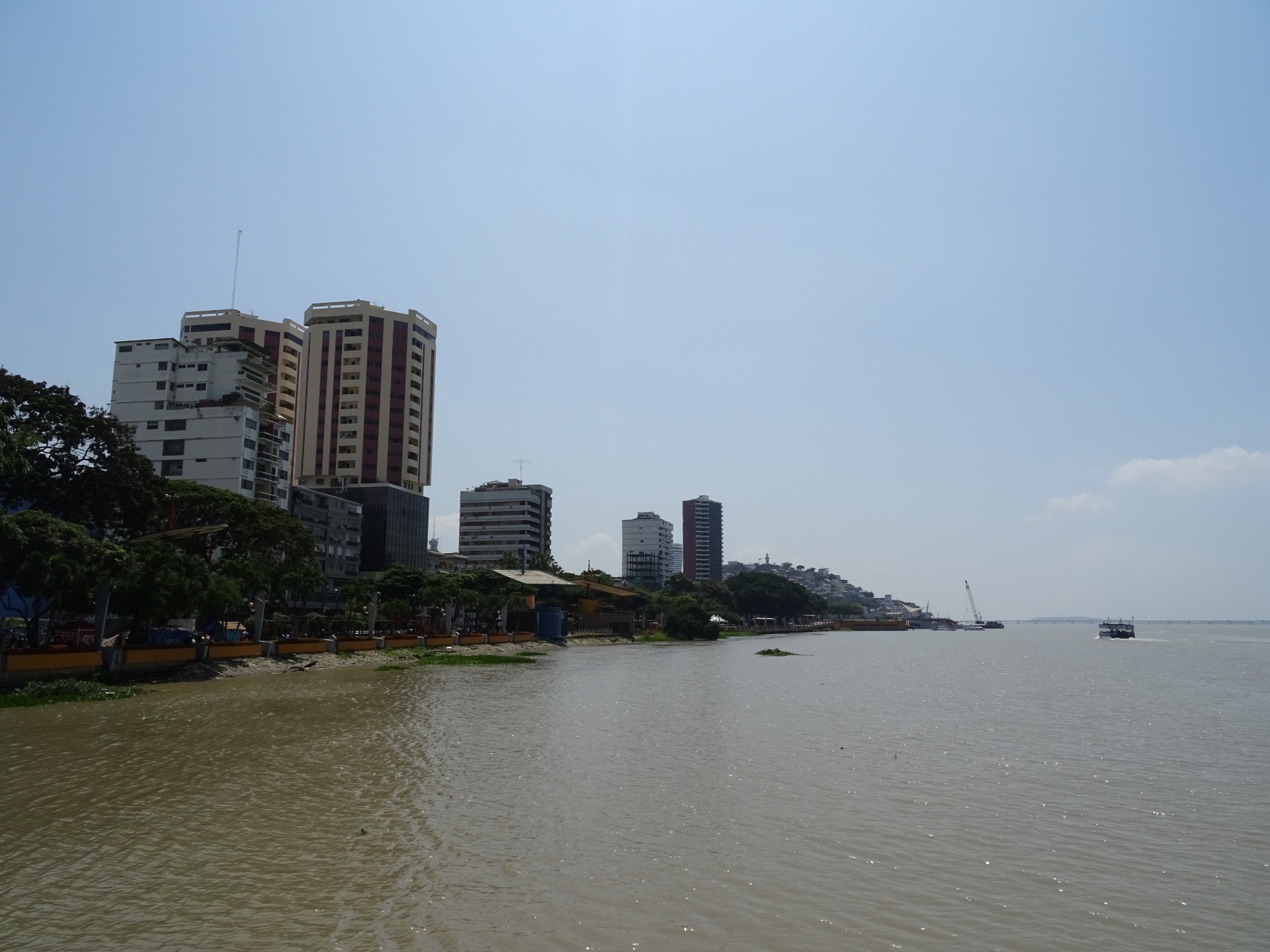
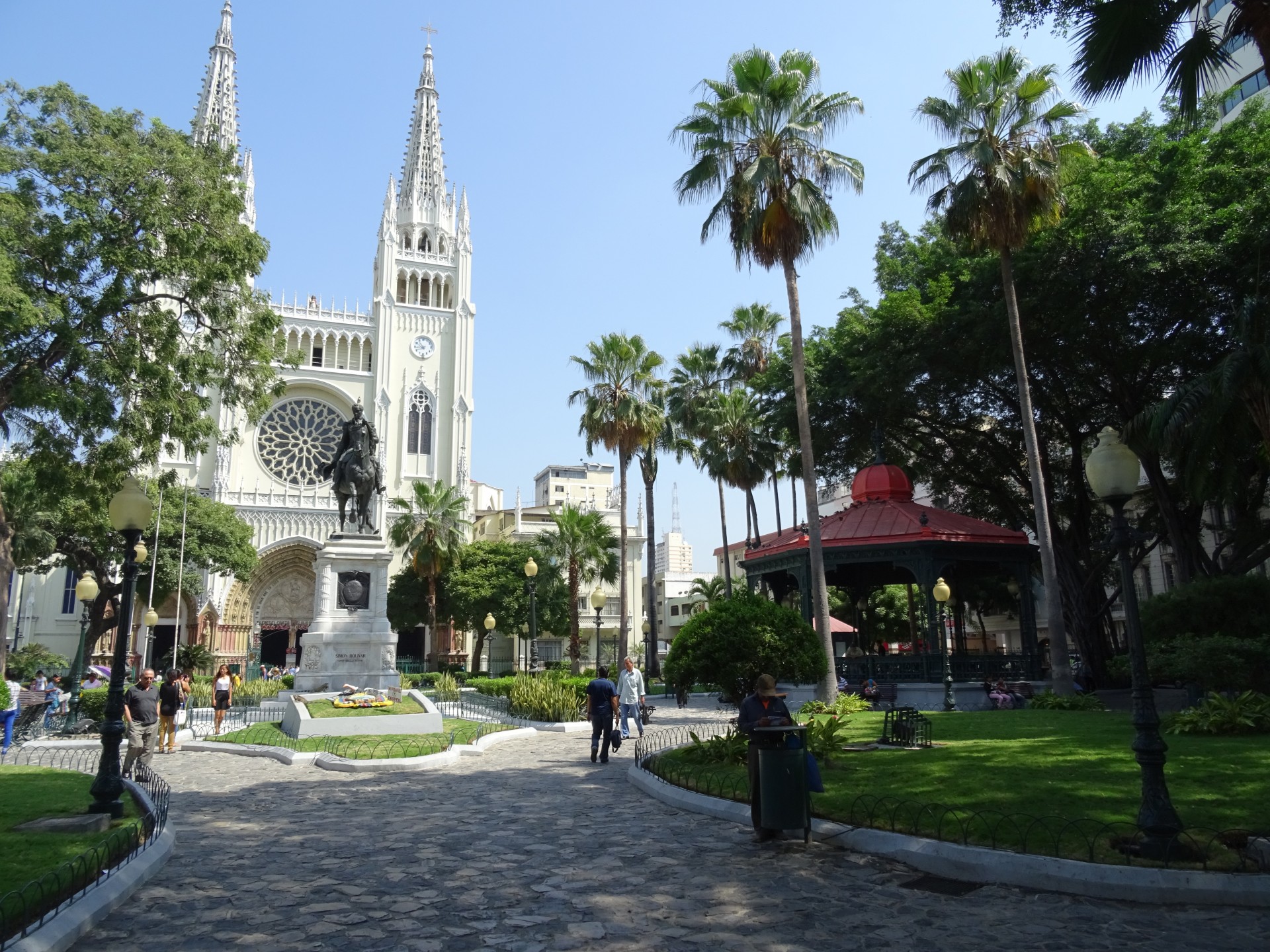
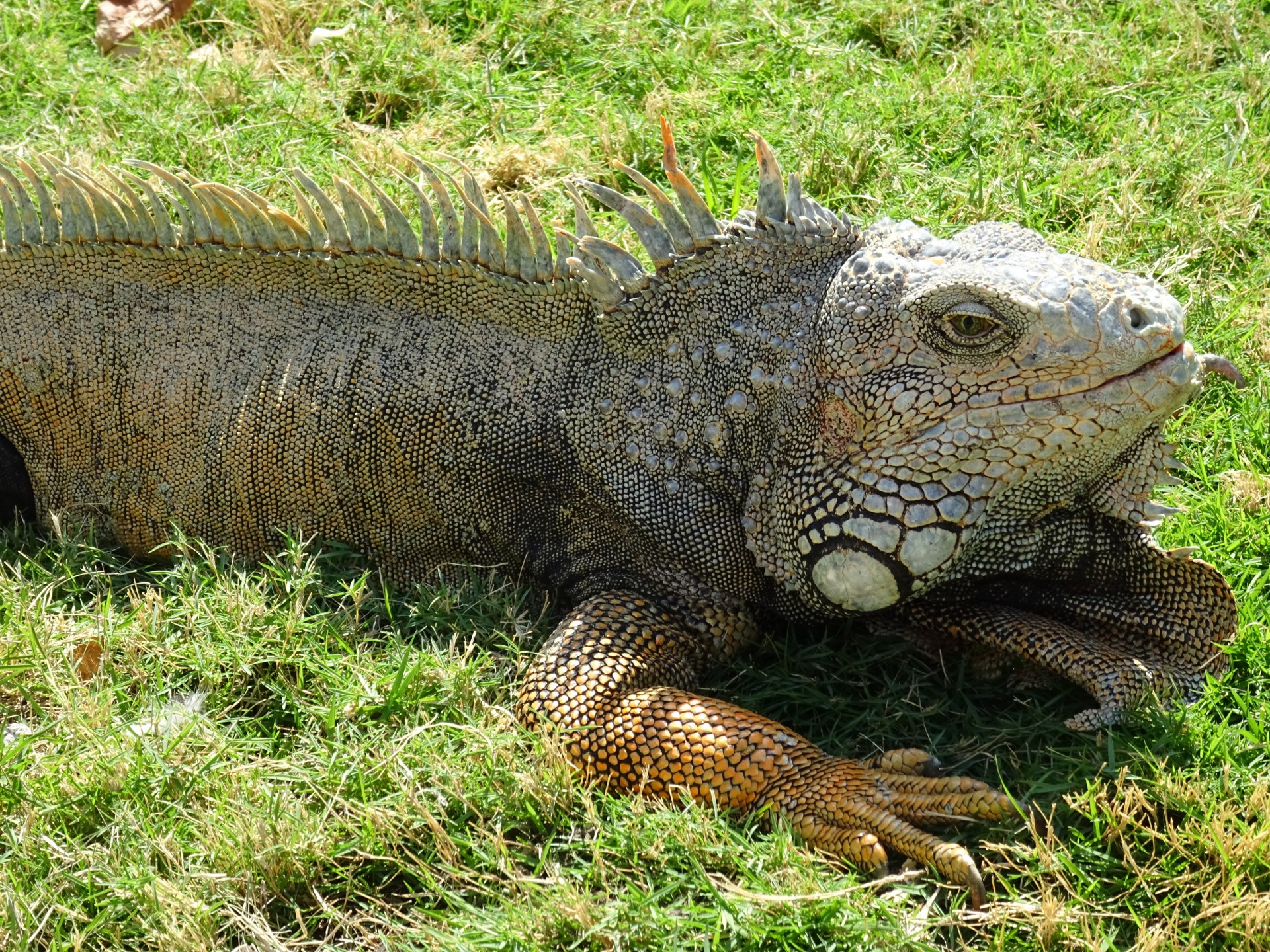


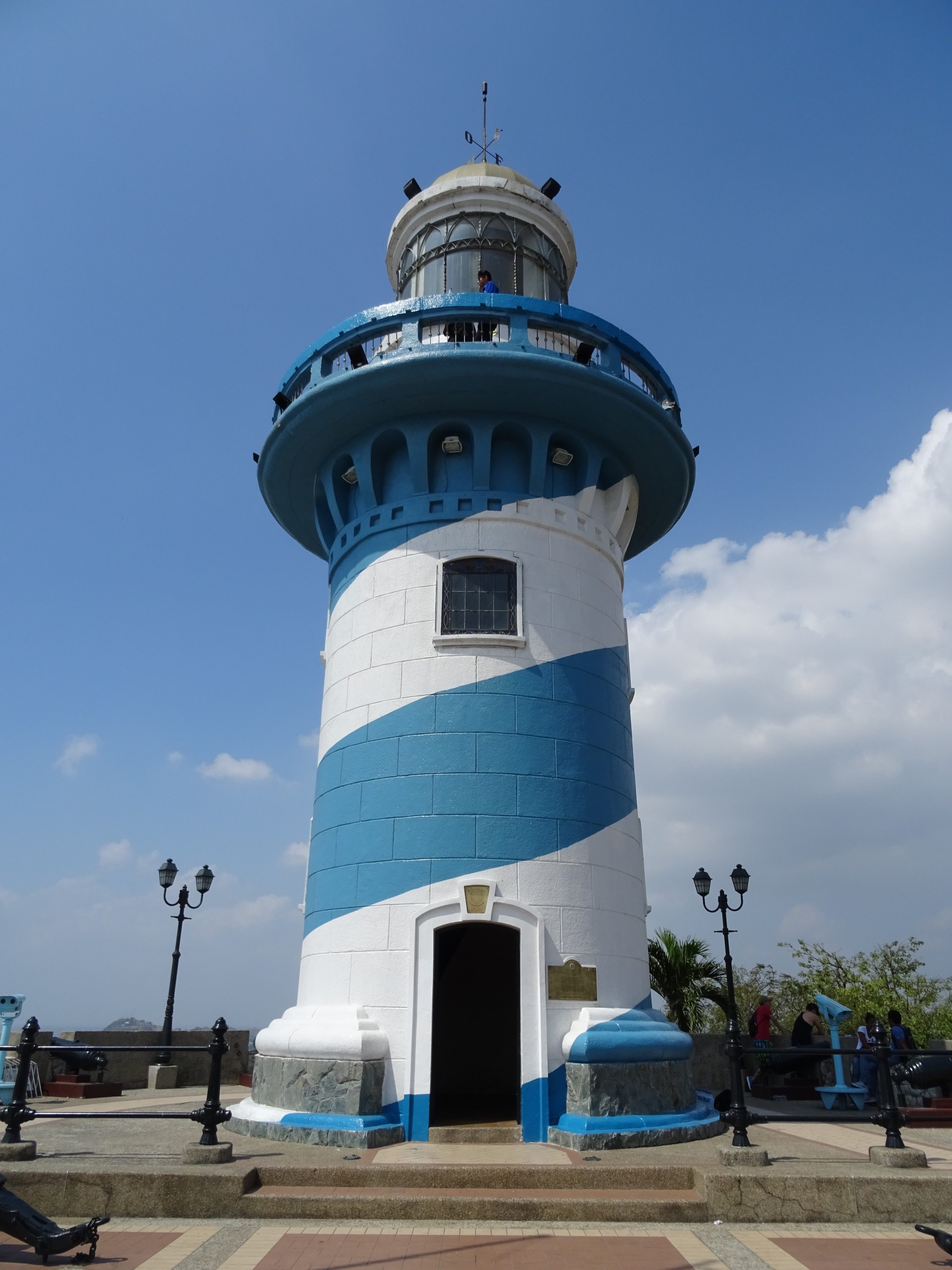

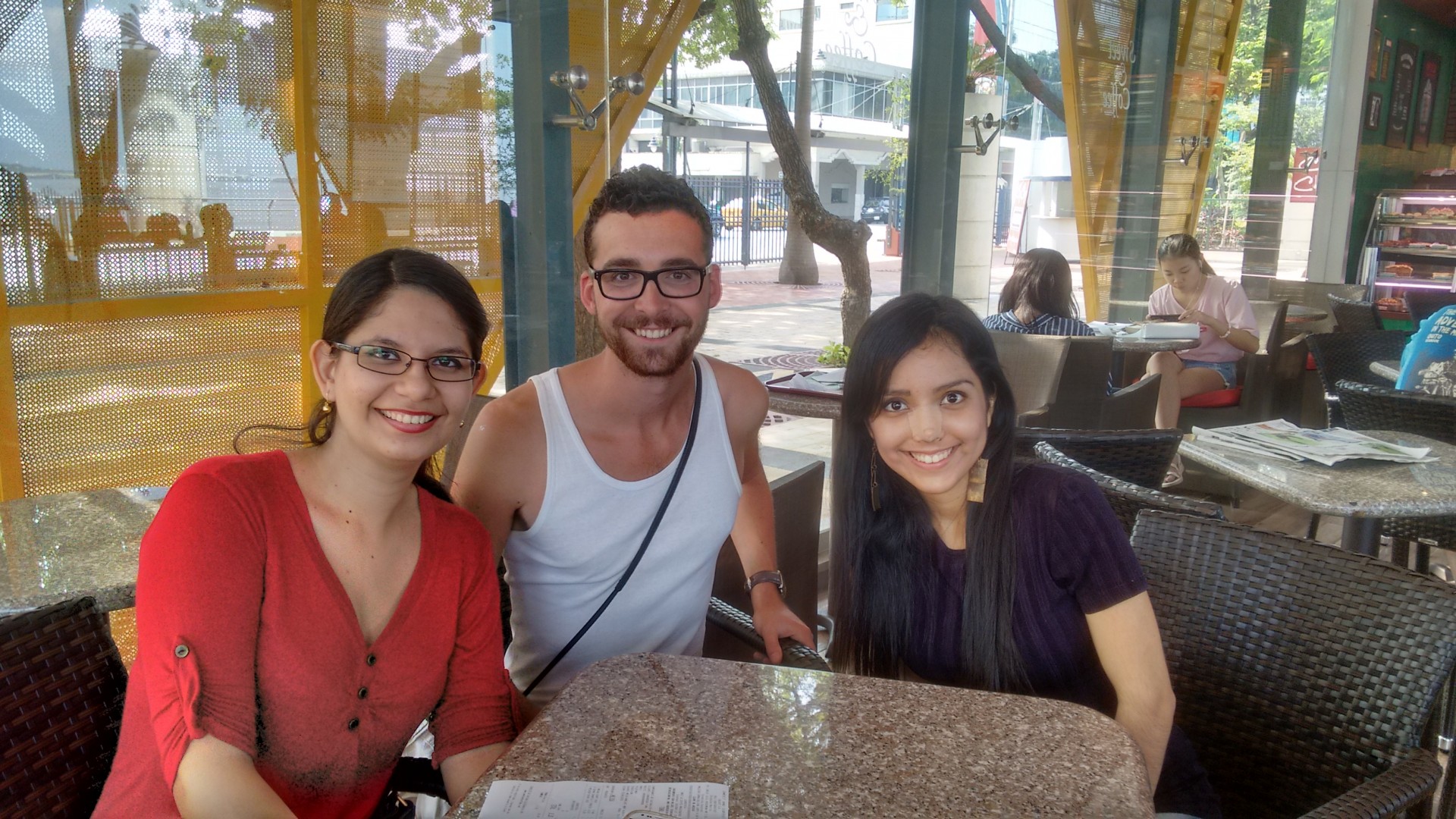





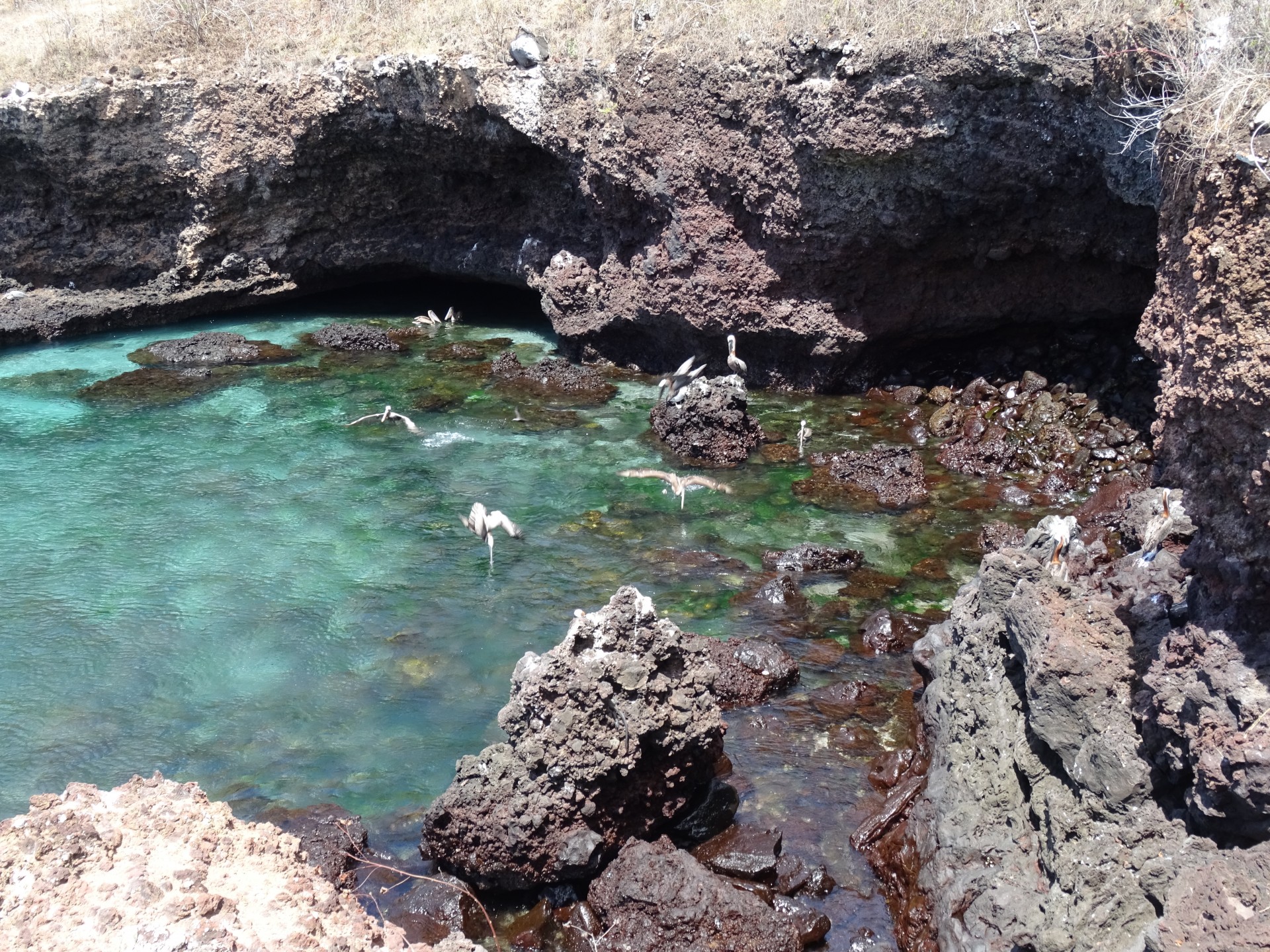


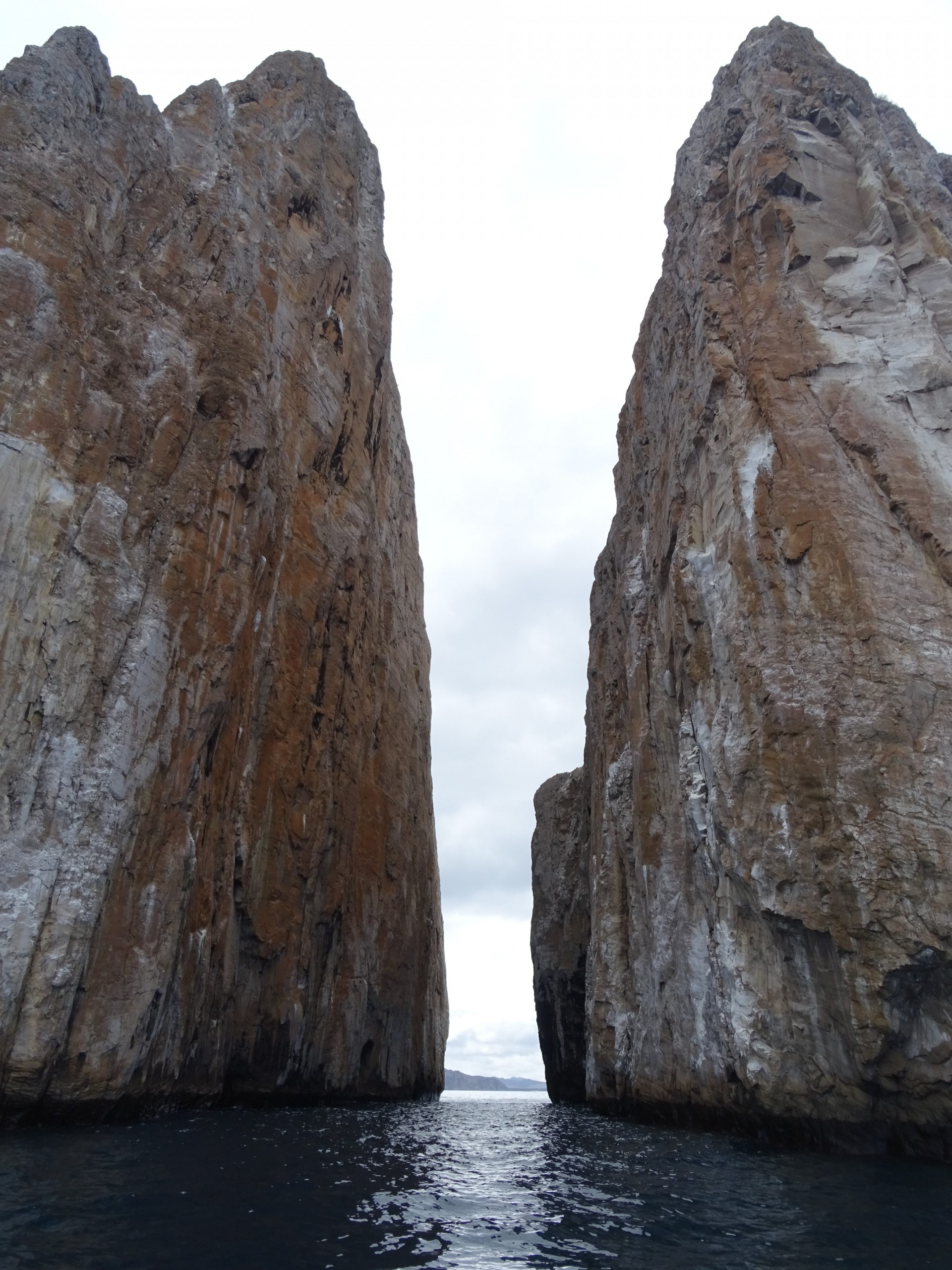








Always a fun read. Brings me right back.
Cheers 🙂